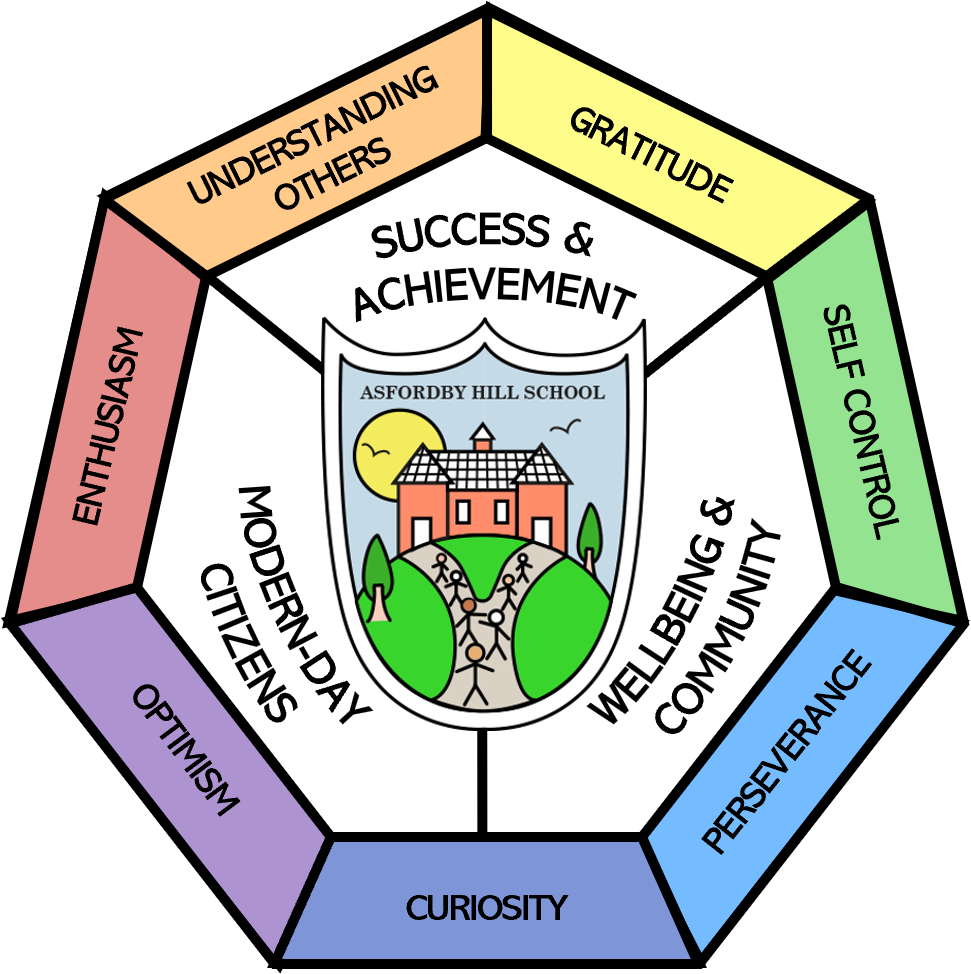Phonics and Early Reading
‘Without language, one cannot talk to people and understand them; one cannot share their hopes and aspirations, grasp their history, appreciate their poetry or savour their songs.’ Nelson Mandela
Intent - What are we aiming for?
Phonics is a way of teaching children how to read and write by developing their phonemic awareness—the ability to hear, identify, and manipulate different sounds used in the English language. Children learn the correspondence between these sounds and the spelling patterns (graphemes) that represent them. At Asfordby Hill, we place a strong emphasis on the teaching of phonics in the early years of reading and writing in order to give all children a solid foundation for learning. Because not all words in the English language comply to the rules of phonics, we also teach so-called ‘tricky words’ (common exception words) by repetition and retrieval.
Implementation - What does this look like?
Phonics lessons at Asfordby Hill are taught daily from Reception through to Year 2. The sessions are explicit, engaging and memorable and follow the same structure: revisit, recognise, build, read and write.
The teaching of phonics begins in Reception using the ‘Supersonic Phonics Friends’ programme. Children begin with the Basics 2 where they are taught at least one spelling for 18 of the 44 sounds of the English language. Children will use their auditory processing and memory skills to start to recognise and remember the spellings for the sounds so that they can begin to segment, blend, build, read and write. Children consolidate these sounds by revisiting them regularly and applying them in both their reading (with an appropriately matched decodable phonics book) and in their writing.
They will then learn the spellings for the further 26 of the 44 sounds of the English language. Children will then be able to hear up to 3 sounds in words, recognise spellings and read and write CVC words. They will be taught to read decodable texts and make phonetically plausible attempts in their early stages of spelling and their writing journey.
At the end of reception children will be able to hear more than 3 sounds in words. They will also be able to read a range of common exception words that do not follow the phonetic rules.
In Year 1 children learn the higher levels of phonics, which teaches them the concept that there are more than one spelling for a sound. With the help of ‘Choose to Use’ and spelling rules they will move from phonetically plausible attempts to applying the correct spellings for words. Children will also find out about spellings that can make multiple sounds and will learn when to ‘Switch’ them (e.g long and short vowels).Children will continue to read carefully chosen decodable texts that allow them to continue to practise applying what they have learnt in new contexts. They will learn new exception words that do not follow the rules, and they will begin to spell words including adjacent consonants and make more accurate attempts at spellings in their writing journey.
In Year 2, phonic knowledge is built upon and embedded. Spelling rules and patterns teach children very specific rules such as adding prefixes and suffixes and adding endings to words such as plurals. Children will also learn some further rarer ‘Choose to Use’ spellings for the 44 sounds of the English language. They will continue to read texts that match their phonics ability until progressing on from fully decodable reading books.
In Year 3 and above, those children who have been tracked through teacher assessments and phonics screenings requiring further phonics teaching will have specific phonics interventions to meet their needs.
The Phonics Screening Check
During the Summer term in Year 1, children nationwide are tested on their phonic knowledge. This test helps us to identify children who have gaps in their phonic knowledge and may need further support in Year 2. The test is low-key and we endeavour to make it stress-free for the children. Essentially, the children are asked to read 40 words from a list, using their phonics to ‘sound out’ the word and then blend it if they need to. Parents are informed as to whether their child has achieved the national expectation within the child’s end-of-year report.
Our Phonics programme is ‘Supersonic Phonic friends’. Why not have a look? Home – Supersonic Phonic Friends
